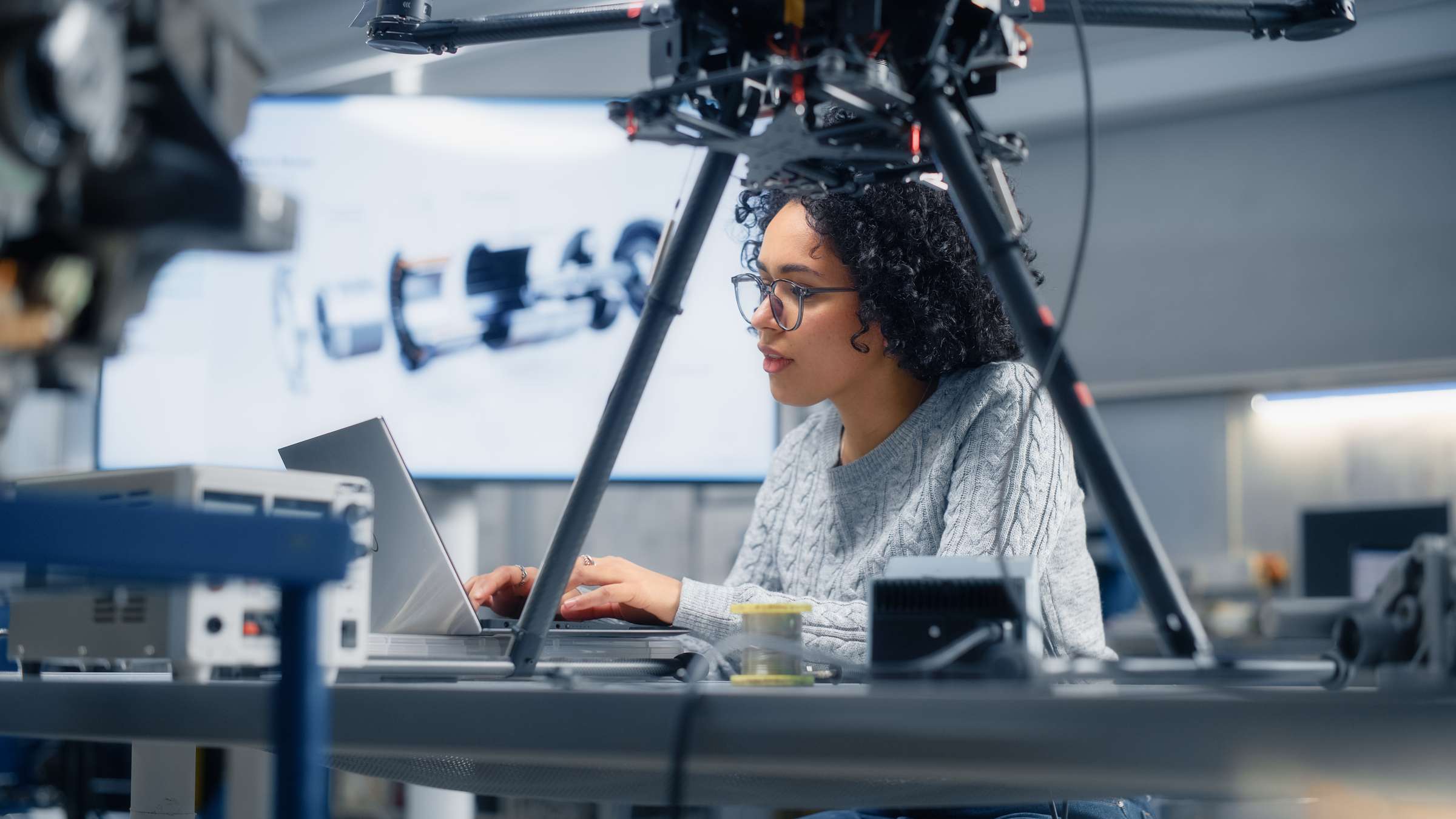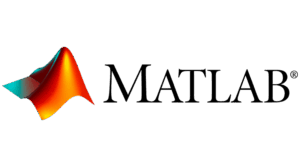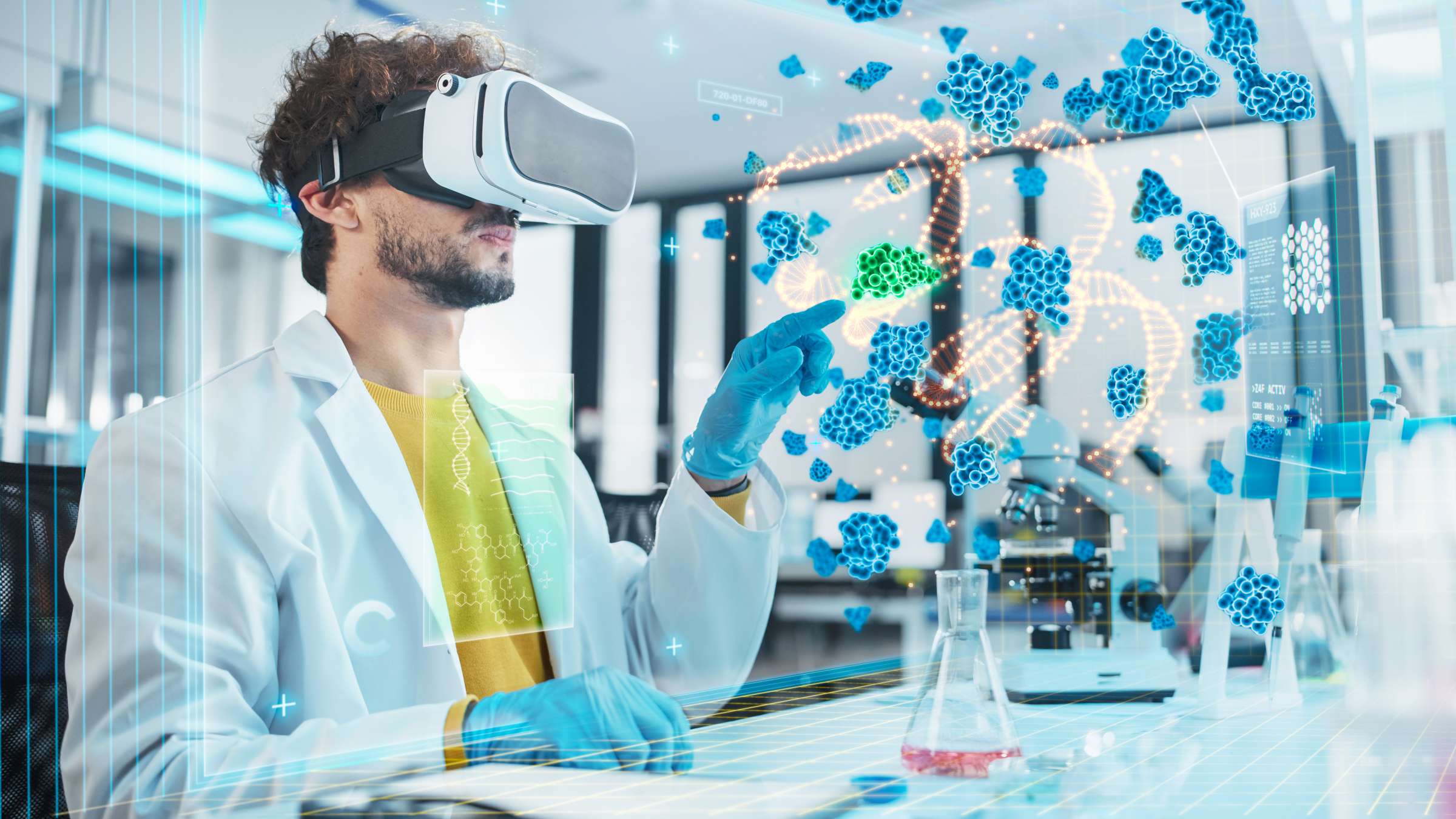We help manufacturers deploy and maintain digital twins to test, train, and optimize equipment, teams and systems virtually.
In today’s fast-paced industrial environment, operations face significant challenges when implementing new factory assets and updating existing processes. Traditional methods often rely on outdated assumptions and historical data, leading to inaccurate designs and frequent deployment delays due to unforeseen changes. This trial-and-error approach results in increased risks, higher costs and limited flexibility for future improvements, further complicated by resource constraints like talent shortages and supply chain disruptions.
To address these issues, modeling and simulation are essential for real-time representation of physical systems and corresponding processes. By bridging the gap between the physical and digital worlds, our digital twin creates a virtual copy of your physical assets, systems and processes providing insights and confirmation. A digital twin allows for rapid testing and validation, optimization of processes, and data-driven decision-making. A digital twin solution enhances predictive maintenance, facilitates virtual training, and enables remote troubleshooting, ultimately driving efficiency and competitive advantage in today’s dynamic manufacturing landscape.
Real Results
Digital twins deliver measurable business outcomes
- Significant risk mitigation in startup, commissioning and changeovers*
- Up to 15% OEE improvement
- Up to 40% faster commissioning
- Up to 52% reduction in downtime
* Source: Gartner
Unlock the Power of Digital Twins for Your Operations
We help manufacturers rapidly deploy digital twins to optimize equipment design, shorten commissioning time, increase production throughput, improve training efficacy and reduce equipment maintenance cost across the lifecycle.
Using virtual environments, AI and comprehensive data, new deployments can be evaluated, improved and aligned during the planning stages, before a single line is commissioned.
How We Help Companies Deploy Digital Twins
Our digital twin offering prioritizes practical usability and lifecycle management. We recognize that the real value of a digital twin lies in its ability to deliver actionable insights, ensuring relevancy throughout the system’s lifecycle.
By integrating lifecycle management into our processes, we embrace Industrial DevOps principles, fostering continuous improvement and operational efficiency. This comprehensive strategy addresses the complexities of modern manufacturing, empowering users to adapt swiftly to changes and challenges.
After completing more than 50 projects building and deploying manufacturing digital twin, we have developed an efficient and repeatable, standardized approach to these projects based on hard earned lessons learned.
Our solution offers robust integration with software, controls and robotic systems, significantly enhancing functionality.
We emphasize a collaborative management process that keeps digital twins aligned with any operational changes, ensuring they evolve alongside your business. This adaptability not only reduces deployment delays but also facilitates more informed decision-making, ultimately driving innovation and maintaining a competitive edge in the industrial landscape.

Use Cases
The digital twin is a superior representation of a physical asset, process or system across its lifecycle using comprehensive data, analytics, simulations and emulations.
Digital twins pair the virtual and physical worlds enabling informed decision-making through historical data analysis, real-time system monitoring, simulations and emulations.

Design
- Industrial design testing
- Material flow design

Commission
- Virtual commissioning
- Virtual controls testing
- Systems integration

Operate
- Virtual training experiences
- Digital work instructions

Optimize
- Operations research
- Digital continuous improvement
- Intelligent model training
- Optimization model testing and validation

















